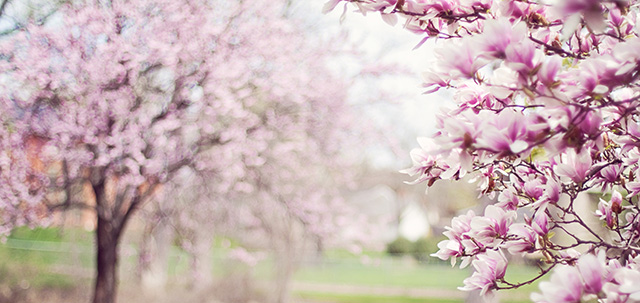
Fall Allergies

Are you confused because it’s fall and your allergies are still acting up? Perhaps you’re not even sure if it’s really allergies or just the beginning stages of a common cold. Well, you’re not alone. Allergies are never fun, but the more you know about them the better prepared you will be.
What are the most common triggers?
For fall allergies, there are both indoor and outdoor triggers. Ragweed, mold and dust mites are the most common ones.
Ragweed grows by the side of the road throughout much of the USA. According to Pollen.com “Ragweed pollen is arguably the largest single seasonal allergen in North America.” It starts releasing its pollen right as the weather becomes chilly and fall sets in. It tends to start around late August/early September and can go through to November. The pollen is so light that it can travel up to 400 miles in the wind.
Mold growth is common in damp places. Generally we think of mold growing in indoor environments that have poor air circulation, and therefore don’t dry out, but outdoor mold growth is common as well. Mold grows easily in damp piles of leaves or hay and in places of heavy vegetation. Other fungi release their spores into the air during the fall as well.
Dust Mites: While they’re common in the humid summer months, dust mite buildup in your vents are stirred up the first time you use your heating system, putting the allergens back into your air.
How do you know it’s fall allergies?
Those not prone to allergies during other seasons may be confused about whether or not their symptoms are allergic reactions or something else entirely. Here are the most common symptoms created by fall allergies:
- Runny nose
- Respiratory difficulties
- Watery eyes
- Coughing
- Sneezing
- Dark circles under the eyes
- Itchy eyes and nose
- Skin rashes
Okay, so what can you do about it?
For those prone to fall allergies there are both natural treatments that you can use as well as ways to manage your surroundings to decrease your reactions.
Managing your surroundings:
- Clean your vents before turning the heat on for the first time to get rid of the dust mite buildup.
- Pets can collect pollen while playing outside. Reduce the amount they bring in by bathing them regularly.
Treatments
- Essential oil remedy:
- For adults, use pure, therapeutic, ingestible essential oils. Put 2 drops each of Lemon, Lavender and Peppermint essential oils into a shot glass filled with water. Swish, gargle, swallow.
- Tea: You don’t need to wait for the symptoms to arise. You can drink allergy relieving teas daily to reduce your likelihood of allergic reactions.
- Rooibos: South Africans have used this tea for centuries to treat ailments. It contains 2 bioflavonoids, rutin and quercetin, shown to be useful for people with allergies. It has also been shown to have anti-inflammatory properties. You can both drink the tea, or rub it on the skin to reduce irritations.
- Ginger: Ginger is a natural antihistamine that relieves sinus related allergy problems. It’s also a strong anti-inflammatory helping relieve the body of allergy-related inflammation.
Fall allergies are both annoying and quite common, especially in places where ragweed is abundant. By taking care of yourself and your environment hopefully you’ll be able to go out and enjoy the beautiful fall weather!
Share:
Kayla Maria
Subscribe To Our Newsletter
We want to be on your team. No spam, filled only with goodness.
Keep In Touch
Most Popular


No-Gym Ab Workout!

6 Tips to Reduce Allergies To Dogs in Your Home

The Seasons are A – Changin’!
Categories
Related Posts

Wellness Journey: How Yoga and Fitness Can Fulfill Your Life
Recently I had the pleasure of interviewing Kelsey Brennan, a unique health and wellness advocate and Yoga instructor based in Denver, Colorado. I hope you

No-Gym Ab Workout!
Don’t have time for the gym? Not feeling like you’re not getting enough diversity in your workouts? If you’re just doing some cardio, crunches, and

6 Tips to Reduce Allergies To Dogs in Your Home
Even though someone in your family has a dog allergy, you’ve decided to get a furry companion. Don’t worry, you’re not alone! Even though approximately

The Seasons are A – Changin’!
While it may have snowed this week in Colorado, plants have been celebrating their renewal for well over a month in most parts of the
